 I am very pleased and excited to be speaking with Norman Brouwer and Captain Margaret Flanagan at the Working Harbor Committee of New York and New Jersey program “Sailing Ships at Work – Then and Now.” The presentation is on April 10th at the Community Church of New York, 40 E. 35th Street, in New York City. It is shaping up to be quite a program. If you are in the area be sure to stop by and say hello.
I am very pleased and excited to be speaking with Norman Brouwer and Captain Margaret Flanagan at the Working Harbor Committee of New York and New Jersey program “Sailing Ships at Work – Then and Now.” The presentation is on April 10th at the Community Church of New York, 40 E. 35th Street, in New York City. It is shaping up to be quite a program. If you are in the area be sure to stop by and say hello.
Join the WHC for an evening of film, discussion and refreshments as we revisit the great Age of Sail and highlight today’s use of sailing vessels to transport cargo. We will also venture into the future to look at some revolutionary designs for large sail-assisted cargo vessels. With the rising cost of fuel, designers are investigating new ways to add wind energy to a ship’s power plant. Are we headed for a new Age of Sail?

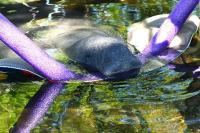
 The Norwegian soft drink
The Norwegian soft drink  Calling all Sea Goddesses and would-be Sea Goddesses. Applications are now being accepted for the Maine Sea Goddess Pageant. The Pageant is open to 20 young women who are single, a high school (or equivalent GED) graduate, not more than 21 years of age, and a Maine resident. The young woman chosen as Sea Goddess receives a $2,000 cash award and represents the Maine lobster fishing industry at events in Maine and across New England throughout her one-year reign. This year’s Maine Lobster Festival Sea Goddess Coronation will take place on Wednesday evening, July 31, the first day of the 66th annual
Calling all Sea Goddesses and would-be Sea Goddesses. Applications are now being accepted for the Maine Sea Goddess Pageant. The Pageant is open to 20 young women who are single, a high school (or equivalent GED) graduate, not more than 21 years of age, and a Maine resident. The young woman chosen as Sea Goddess receives a $2,000 cash award and represents the Maine lobster fishing industry at events in Maine and across New England throughout her one-year reign. This year’s Maine Lobster Festival Sea Goddess Coronation will take place on Wednesday evening, July 31, the first day of the 66th annual  You might call it the greenhouse effect, though it is not directly related to climate change. A dead sperm whale which washed ashore last year in Andalusia, in southern Spain, was found to have died from ingesting plastic sheets used in the construction of greenhouses in that region. The whale had over 17 kilogrammes (37 pounds) of garbage blocking its stomach, including some 30 square metres (36 square yards) of plastic canvas, said Renaud de Stephanis, a marine biologist at the Donana Biological Station, which is run by the Spanish National Research Council. “There were a dozen metres of plastic rope, plastic sheeting used on the outside of greenhouses, and plastic sheeting used inside and even two flower pots.”
You might call it the greenhouse effect, though it is not directly related to climate change. A dead sperm whale which washed ashore last year in Andalusia, in southern Spain, was found to have died from ingesting plastic sheets used in the construction of greenhouses in that region. The whale had over 17 kilogrammes (37 pounds) of garbage blocking its stomach, including some 30 square metres (36 square yards) of plastic canvas, said Renaud de Stephanis, a marine biologist at the Donana Biological Station, which is run by the Spanish National Research Council. “There were a dozen metres of plastic rope, plastic sheeting used on the outside of greenhouses, and plastic sheeting used inside and even two flower pots.”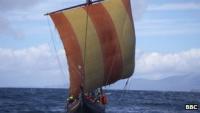 A team of archaeologists think that they may have found the first Viking sunstone. Two years ago we posted about Viking sunstones, the legendary, and indeed considered by many to be mythical, devices which allowed Viking navigators to locate the position of the sun even on heavily overcast or cloudy days. See our previous post –
A team of archaeologists think that they may have found the first Viking sunstone. Two years ago we posted about Viking sunstones, the legendary, and indeed considered by many to be mythical, devices which allowed Viking navigators to locate the position of the sun even on heavily overcast or cloudy days. See our previous post – 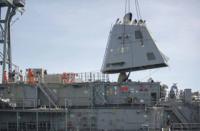 Today in Japan,
Today in Japan, 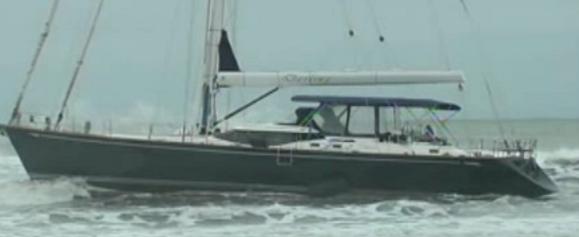 Two men and a woman brought pizza and beer aboard the 82′ sailing yacht Darlin in the Sausalito Yacht Harbor late Sunday or early Monday and proceeded to take the boat to sea, only to run aground in shallow water near Pacifica State Beach in Sausalito. The owner of the Darlin saw his yacht on the television coverage of the grounding and reported it stolen. The apparent thieves repeatedly declined assistance and refused to leave the grounded boat. A standoff ensued for several hours with the Coast Guard and local authorities. Ultimately,
Two men and a woman brought pizza and beer aboard the 82′ sailing yacht Darlin in the Sausalito Yacht Harbor late Sunday or early Monday and proceeded to take the boat to sea, only to run aground in shallow water near Pacifica State Beach in Sausalito. The owner of the Darlin saw his yacht on the television coverage of the grounding and reported it stolen. The apparent thieves repeatedly declined assistance and refused to leave the grounded boat. A standoff ensued for several hours with the Coast Guard and local authorities. Ultimately,  There are two wonderful newsletters for keeping up with what is going on in the world of nautical fiction –
There are two wonderful newsletters for keeping up with what is going on in the world of nautical fiction –  A new report, published in the j
A new report, published in the j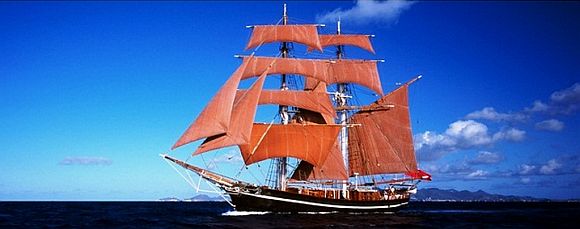
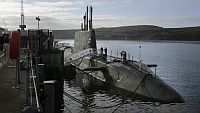 HMS Ambush
HMS Ambush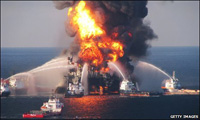 I don’t watch a lot of television, though it seems every time that I turn the set on I see
I don’t watch a lot of television, though it seems every time that I turn the set on I see 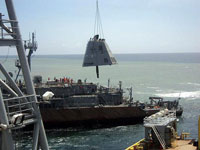
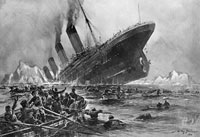 No discussion of the Titanic II is complete without a mention of the lifeboats. The lack of adequate lifeboats on the original Titanic was a major contributor to the deaths of over 1,500 passengers. Unfortunately, as reported in the press, it appears that the new ship will not have adequate lifeboat capacity to meet the current Safety of Life at Sea (SOLAS) rules. Frankly, we think that this is carrying authenticity a bit too far. As reported by the
No discussion of the Titanic II is complete without a mention of the lifeboats. The lack of adequate lifeboats on the original Titanic was a major contributor to the deaths of over 1,500 passengers. Unfortunately, as reported in the press, it appears that the new ship will not have adequate lifeboat capacity to meet the current Safety of Life at Sea (SOLAS) rules. Frankly, we think that this is carrying authenticity a bit too far. As reported by the